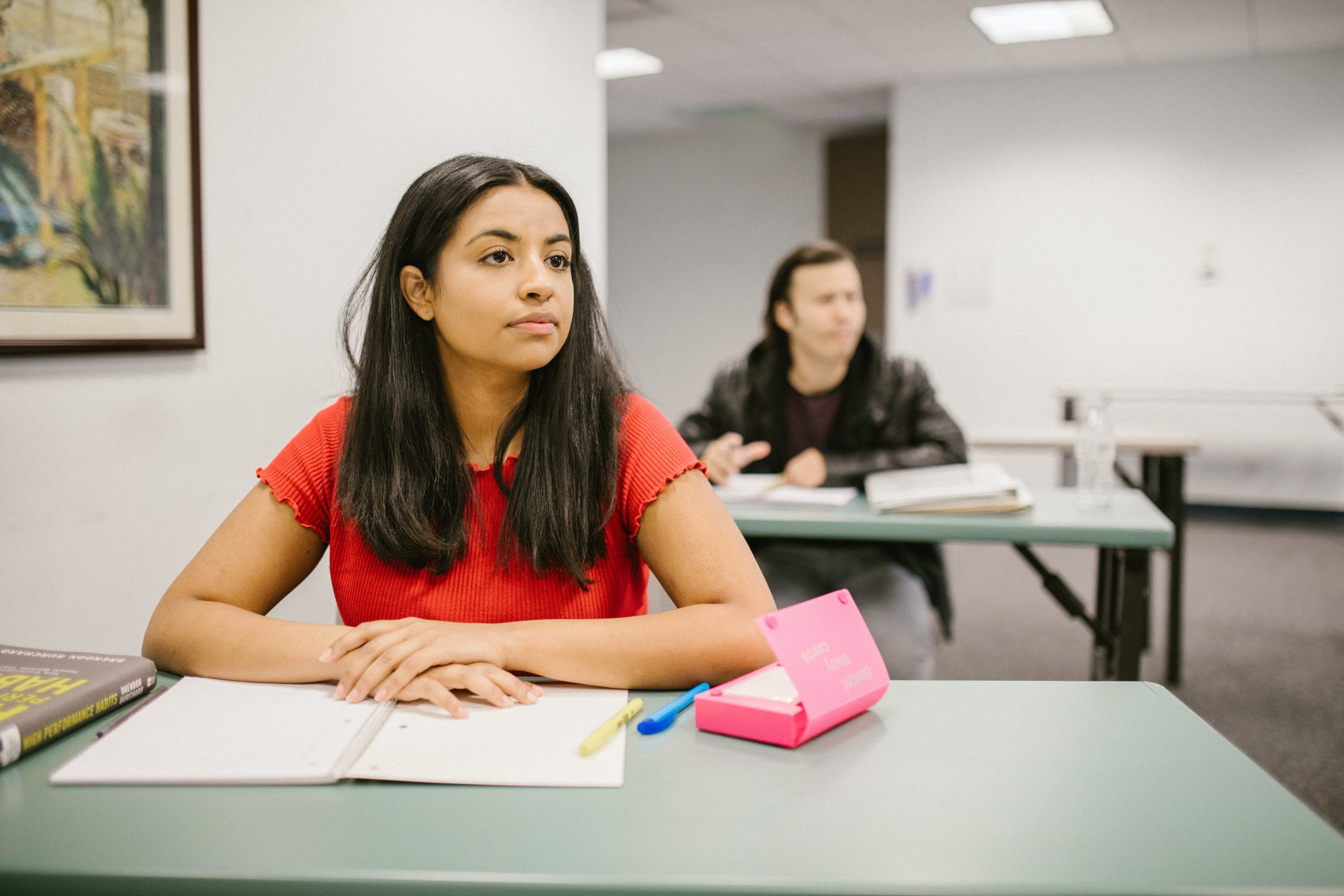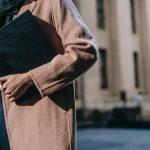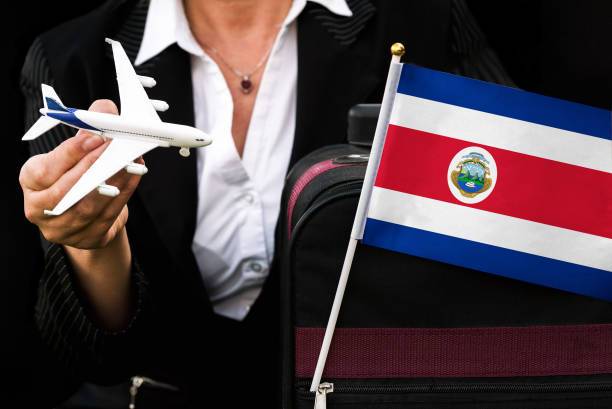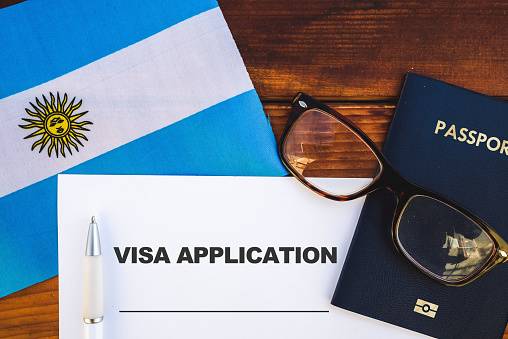Like me, have you ever been perplexed by your mixed ancestry? As an American of Spanish and Indian descent, I’ve frequently wondered what percentage of your great-grandmother’s Indian ancestry I am. Finding one’s heritage and cultural background can be an exciting journey that frequently combines family stories, historical research, and a more in-depth look into one’s ancestry.
Deciphering a genetic inheritance mosaic is necessary to comprehend ethnicity percentages, particularly when considering great-grandparents and their origins. Finding out how much of your ancestry is Indian, if your great-grandmother was Indian, can reveal a fascinating story about diversity, heritage, and the complex strands that come together to create your identity.
Comprehending our heritage is akin to assembling an enthralling puzzle: it is a fusion of our past, present, and ancestry that shapes our identity. “If your great-grandmother was Indian, what percentage are you?” is an intriguing question that frequently comes up during my chat with my friends during genetics class.
The correct response to this question explores the intriguing realms of genetics, cultural significance, and the intricate interactions between my ancestry that shape who I am. It goes beyond simple math. Many Americans can trace one or more ancestors who were Native Americans.
It varies from person to person whether they identify as Native Americans, as people of mixed race or cultural background, or have no connection with this lineage. It’s critical to recognize that genetic inheritance deviates from strict percentages when examining the legacy left by a great-grandparent.
Rather, it is an intricate combination of DNA strands that have been woven together over many generations. About half of an individual’s genetic material is inherited from each parent; this percentage decreases with each additional generation.
Tribal nations evaluate a person’s family ties to determine their validity and strength. This entails tracking a person’s ancestry back to someone listed on tribal citizenship rolls from the late 19th and early 20th centuries (such as the Dawes Rolls) for many tribal nations. Blood quantum, also known as a “percentage of blood,” is sometimes utilized.
Tribal nations have not historically defined tribal membership based on blood quantum. Instead, the US government invented the concept of blood quantum and then used it to evict Native Americans from their lands and civil liberties. The United States did not start requiring indigenous groups to use blood quantum when determining tribal citizenship until the Indian Reorganization Act of 1934.
It’s also critical to acknowledge that some individuals, even those who are not tribal citizens, have close ties to a tribe through family or culture. This is due to a variety of factors, such as concerns about paper genocide and parental consent.
Because of their close ties to their families and cultures, people in this position might be regarded as Native Americans. Even though a great-grandparent’s legacy is significant, it gradually dwindles with each generation. Due to the ongoing division and recombination of genetic material, calculations become increasingly complex when discussing a particular percentage.
Even though a straightforward formula might indicate that a great-grandparent accounts for 25% of an individual’s genetic composition, the actual percentage can vary greatly between people.
A child inherits 50% of the DNA from each parent, but usually not 50% of the ethnicity. The erratic nature of genetic inheritance is to blame for this. A child may inherit more Spanish DNA from a parent whose ancestry is half Indigenous American and half Spanish. Because genetic inheritance is random, some ethnic groups pass on more DNA than others, and some ethnic groups disappear completely.
As an example, suppose you have a great-grandmother who is Native American and possesses 25% Indigenous American DNA. You may not have inherited your great-grandmother’s Indigenous DNA, even though she contributed about 12.5% of your DNA. On the other hand, you may have inherited so little that a DNA test reveals nothing about it.
Heritage is about the emotional and cultural ties we have to our ancestors, not just about numbers. Our identity can still be greatly shaped by cultural influences, family lore, traditions, and values that have been passed down through the generations, even though the genetic component may have become less significant after a few generations.
Conclusion
Finding one’s ancestry, no matter how precise the percentage, fosters a greater understanding of diversity and multiculturalism. It offers a prism through which to examine various cultures, languages, foods, and customs, enhancing one’s understanding of both the outside world and oneself.






